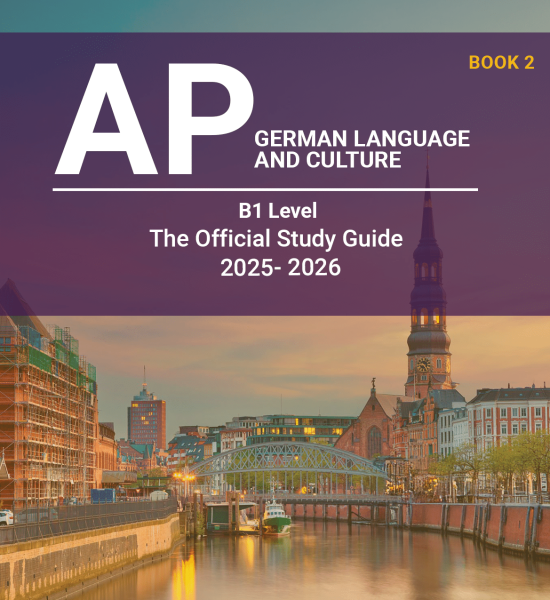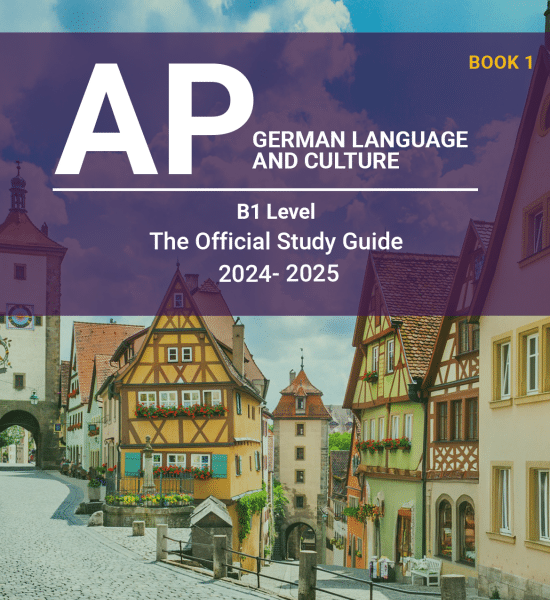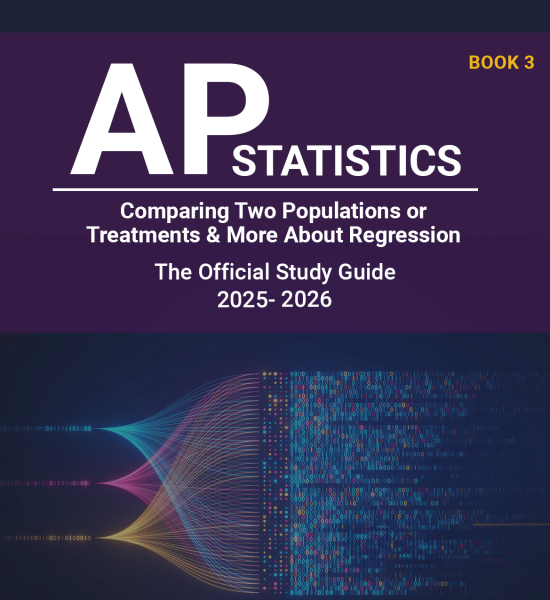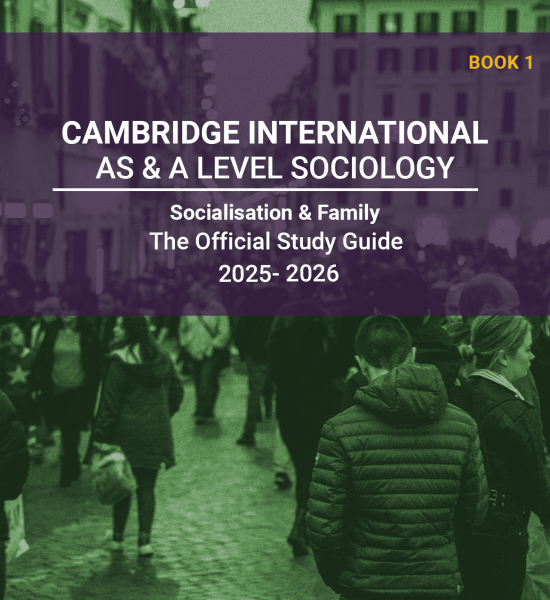DIGITAL SAT TEST STUDY GUIDE
Course Features
- Lectures 37
- Quizzes 30
- Duration 50 hours
- Skill level Intermediate
- Language English
- Students 1011
- Assessments Self
- 3 Sections
- 37 Lessons
- 52 Weeks
Expand all sectionsCollapse all sections
- Writing Questions: Standard English Conventions20
- 1.1Clauses
- 1.2Clauses Practice25 Minutes10 Questions
- 1.3Commas and Periods
- 1.4Semicolons and Colons
- 1.5Punctuation Practice40 Minutes18 Questions
- 1.6Supplements
- 1.7Appositive Clauses
- 1.8Appositive Clauses Practice20 Minutes10 Questions
- 1.9Relative Clauses
- 1.10Relative Pronouns Practice20 Minutes5 Questions
- 1.11Parallelism
- 1.12Parallelism Practice20 Minutes8 Questions
- 1.13Subject-Modifying Placement
- 1.14Verb Questions
- 1.15Tenses Practice30 Minutes12 Questions
- 1.16Transitions
- 1.17Transitions20 Minutes8 Questions
- 1.18Possessive
- 1.19Possessive Practice20 Minutes10 Questions
- 1.20Pronoun-Antecedent Agreement
- Reading Questions14
- 2.1Digital SAT Reading: Words in Context
- 2.2Digital SAT Reading: Words in Context Practice15 Minutes9 Questions
- 2.3Digital SAT Vocabulary
- 2.4Digital SAT Vocabulary P.2
- 2.5Analyzing Text Structure
- 2.6Analyzing Text Structure30 Minutes5 Questions
- 2.7The Purpose of A Text
- 2.8The Purpose of A Text Practice30 Minutes5 Questions
- 2.9Analyzing Data, figures, and charts with Texts
- 2.10Analyzing Data, figures, and charts with Texts Practice30 Minutes6 Questions
- 2.11Text Completion
- 2.12Text Completion Practice30 Minutes8 Questions
- 2.13Analyzing Writer’s Claim Questions
- 2.14Analyzing Writer’s Claim Questions Practice30 Minutes8 Questions
- Math33
- 3.1Linear Equations
- 3.2Linear Equations Practice15 Minutes8 Questions
- 3.3Functions and Linear Equations
- 3.4Functions and Linear Equations Practice15 Minutes7 Questions
- 3.5Linear Inequalities and Graphs
- 3.6Linear Inequalities and Graphs Practice10 Minutes9 Questions
- 3.7Ratios, Rates, and Proportions
- 3.8Ratios, Rates, and Proportions Practice15 Minutes10 Questions
- 3.9Percentages
- 3.10Percentages Practice15 Minutes9 Questions
- 3.11Statistics
- 3.12Statistics Practice15 Minutes8 Questions
- 3.13Probability
- 3.14Probability Practice15 Minutes8 Questions
- 3.15Exponents and Polynomials
- 3.16Exponents and Polynomials Practice15 Minutes9 Questions
- 3.17Quadratic Equations
- 3.18Quadratic Equations Practice15 Minutes9 Questions
- 3.19Polynomial and Radical Functions
- 3.20Polynomial and Radical Functions Practice15 Minutes8 Questions
- 3.21Rational Expressions
- 3.22Rational Expressions Practice15 Minutes7 Questions
- 3.23Lines and Angles
- 3.24Lines and Angles Practice10 Minutes6 Questions
- 3.25Triangles
- 3.26Trigonometric Functions
- 3.27Triangles Practice10 Minutes6 Questions
- 3.28Polygons and Quadrilaterals
- 3.29Polygons and Quadrilaterals Practice10 Minutes7 Questions
- 3.30Circles
- 3.31Circles Practice15 Minutes8 Questions
- 3.32Surface Areas and Volumes
- 3.33Surface Areas and Volumes Practice10 Minutes6 Questions











